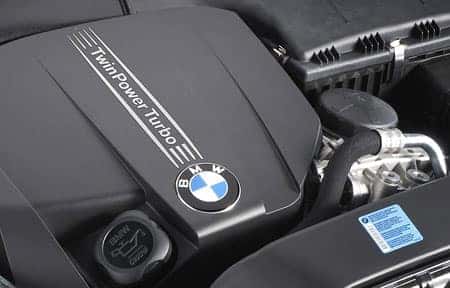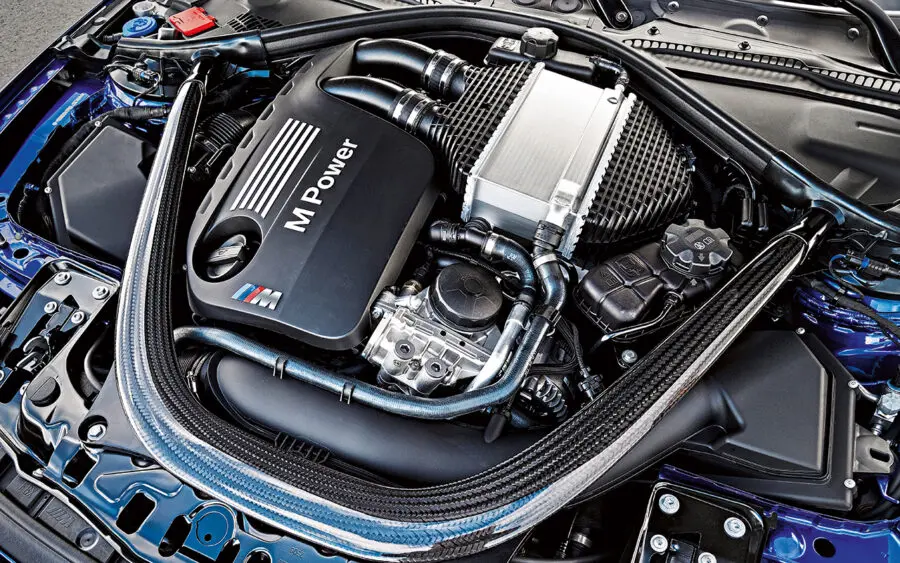Discovering the Advancement of Burning Engines in Modern Transport Systems
As we navigate the landscape of contemporary transportation, the advancement of burning engines stands as a testimony to human resourcefulness and engineering expertise. The interplay of history, innovation, and ecological issues in forming the trajectory of combustion engines develops a story that is both informative and compelling.
Very Early Beginnings of Combustion Engines
Exactly how did the concept of combustion engines first arise in the beginning of transport development? The origins of burning engines can be traced back to the 17th century when the principles of internal combustion were initial checked out. In 1673, Christian Huygens conceptualized a fundamental internal burning engine that made use of gunpowder to create power. Nonetheless, it had not been up until the late 19th century that sensible applications of combustion engines in transport began to emerge.
The development minute came with the innovation of the first successful gasoline-powered engine by Karl Benz in 1885 - bmw engine. This engine paved the means for the growth of the contemporary car, reinventing transportation systems worldwide. Subsequent developments by Nikolaus Otto and Gottlieb Daimler better fine-tuned burning engine innovation, bring about the automation of vehicles and the fast development of the transportation sector
These very early burning engines were characterized by their simplicity and performance, laying the foundation for the complex and powerful engines utilized in contemporary transportation systems. The development of burning engines has actually contributed fit the means we take a trip and move items, noting a considerable turning point in the history of transportation development.
Transition to Internal Burning Innovation
The shift to internal combustion modern technology noted a critical shift in the advancement of transport systems. This shift began in the late 19th century, with developers like Nikolaus Otto and Gottlieb Daimler creating the very first successful inner combustion engines. These engines transformed transport by using a much more efficient and effective choice to heavy steam engines and electrical motors.
Among the key benefits of interior combustion engines was their capability to be scaled down to fit into lorries, causing the growth of motorcycles and automobiles. This change from bulky, fixed engines to compact, mobile ones led the way for the modern-day transportation systems we see today.
The change to interior burning innovation additionally spurred innovations in fuel modern technology, resulting in the growth of gasoline and diesel as key fuel resources for automobiles. This shift not just made transportation a lot more available to the masses yet likewise laid the structure for the oil and gas sector to come to be integral to worldwide economies.
Effect of Combustion Engines on Transportation
The adoption of burning engines in transport systems catalyzed a profound shift in the performance and speed of worldwide flexibility. Combustion engines transformed transport by giving a functional and trustworthy resource of power for numerous automobiles, consisting of vehicles, ships, trucks, and planes. This innovation dramatically enhanced the capacity for products and individuals to move over fars away in shorter timespan, resulting in boosted connection between regions and nations.
Additionally, the extensive use of burning engines has had a significant effect on economic advancement. The ability to carry products effectively has spurred profession and business, permitting organizations to increase their markets and get to consumers worldwide. straight from the source This has facilitated financial development and globalization, as items can now be transported much faster and in larger quantities than ever before.
However, the ecological influence of burning engines can not be neglected. The combustion of fossil gas has actually brought about air contamination you can try here and greenhouse gas discharges, contributing to climate adjustment and presenting health risks to populaces. bmw engine. As a result, there is a growing focus on establishing alternative propulsion modern technologies to minimize these unfavorable effects and develop a much more lasting future for transport
Developments in Burning Engine Style
One significant advancement is the advancement of turbocharged engines, which utilize exhaust gases to drive a turbine that compresses inbound air, permitting for even more gas to be scorched, resulting in boosted power outcome without a considerable boost in engine size. Variable shutoff timing systems have additionally reinvented engine style by enhancing air movement at different engine rates, boosting both power and performance. These advancements collectively contribute to the constant enhancement of combustion engines in modern-day transport systems.
Future Patterns in Combustion Engine Growth
With technology advancements driving continuous innovation, the future of combustion engine development is poised to reinvent transportation systems worldwide. One of the crucial fads in burning engine advancement is the press in the direction of better performance and lowered exhausts.
An additional prominent pattern is the adoption of hybrid technologies in combustion engines. Hybrid engines integrate typical burning technology with electrical power, using boosted fuel performance and lower exhausts. As the auto sector changes towards electrification, crossbreed burning engines are viewed as a transitional remedy that links the void in between traditional cars and completely electric ones.
In addition, the combination of why not check here clever innovations, such as expert system and information analytics, is expected to play a substantial function in the future of combustion engine growth. These technologies can enhance engine performance in real-time, bring about a lot more efficient burning processes and enhanced general lorry performance. Accepting these future trends will certainly not only drive technology in burning engine growth but also contribute to a much more eco friendly and sustainable transportation ecosystem.

Final Thought
To conclude, the advancement of burning engines in modern-day transport systems has actually been marked by considerable advancements in technology and design. From the early beginnings of combustion engines to the transition to internal combustion modern technology, these engines have actually had an extensive effect on transportation. Developments in burning engine style remain to drive development in this field, with future patterns concentrating on more enhancing effectiveness and reducing emissions. The future of burning engines in transport looks appealing as research study and advancement initiatives remain to press borders.
The origins of combustion engines can be traced back to the 17th century when the concepts of inner combustion were very first checked out. These engines reinvented transportation by supplying an extra effective and powerful choice to steam engines and electric motors.
